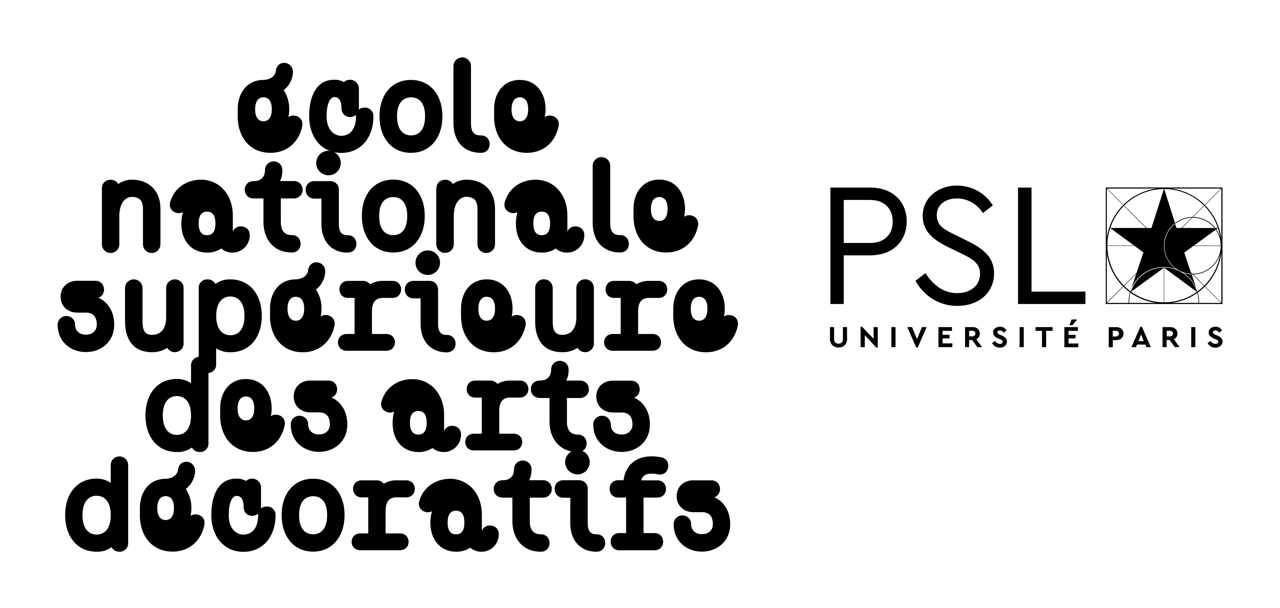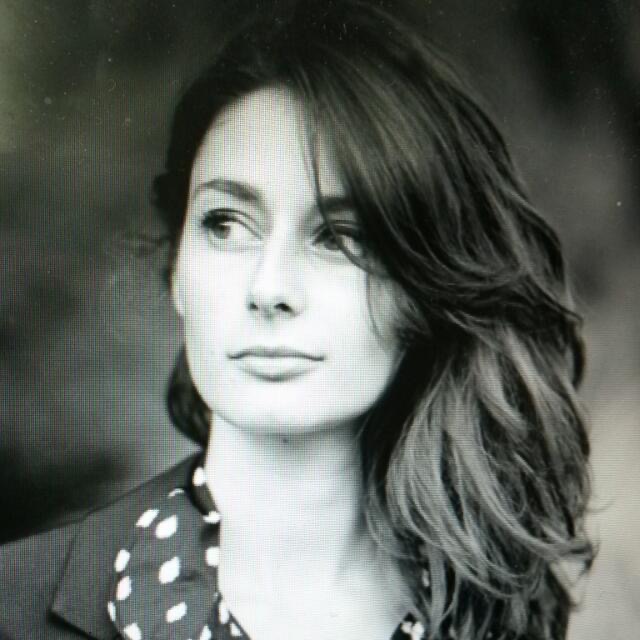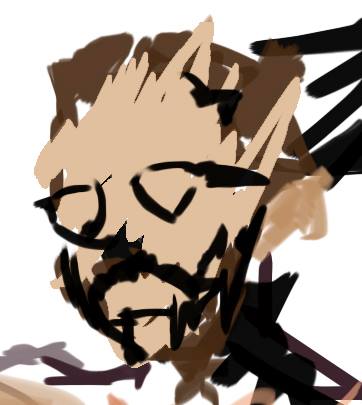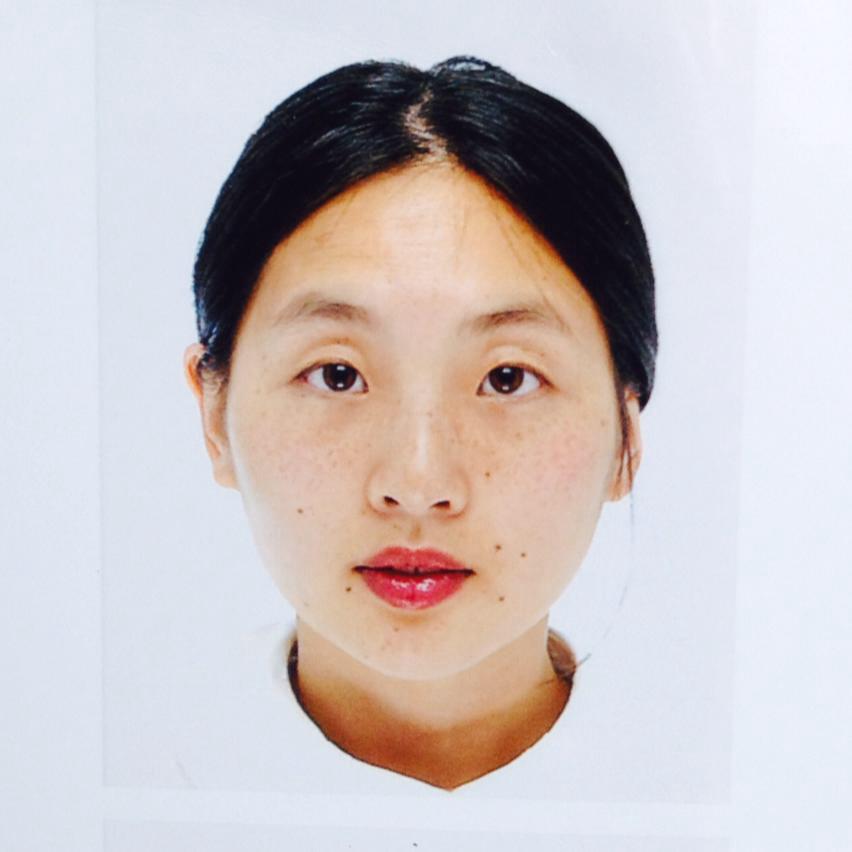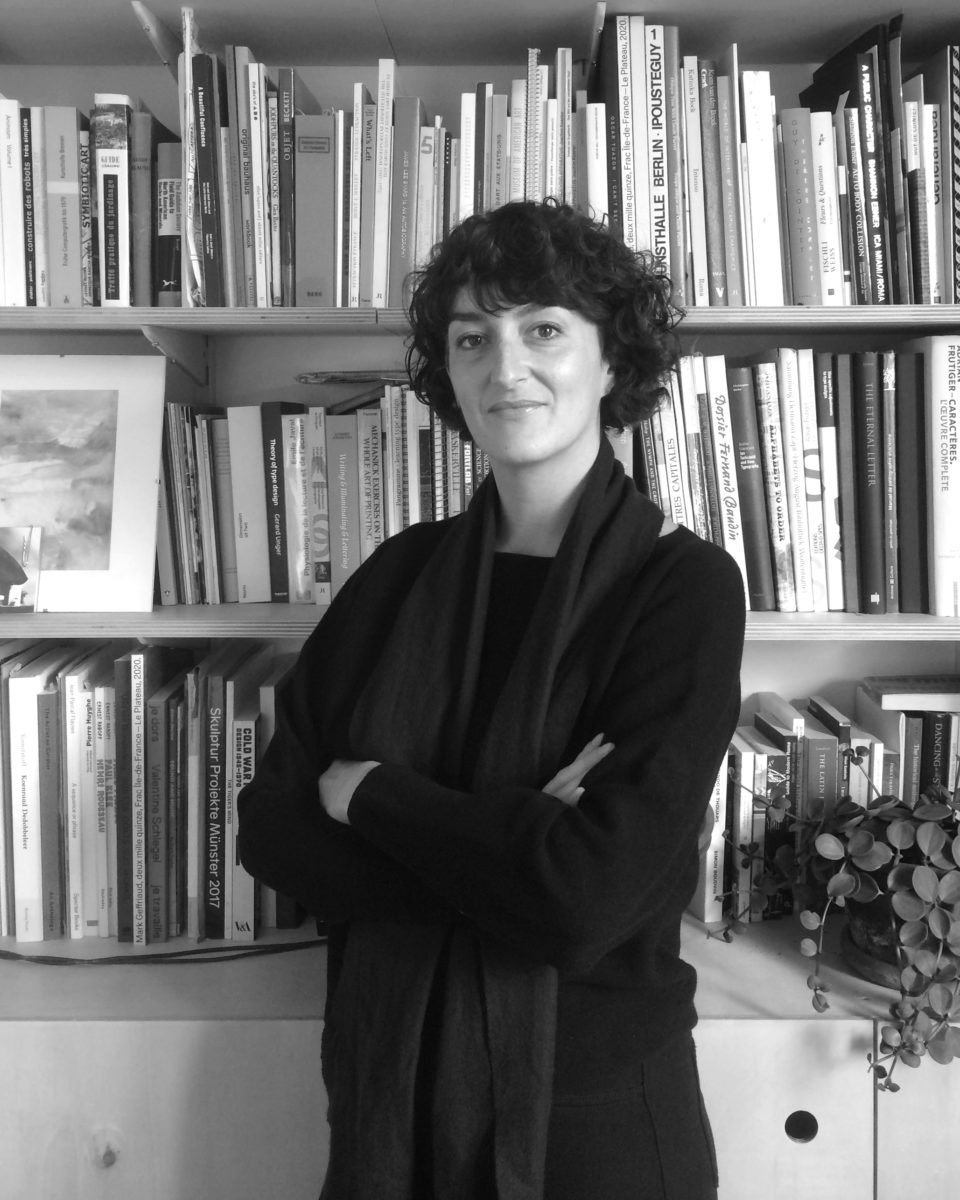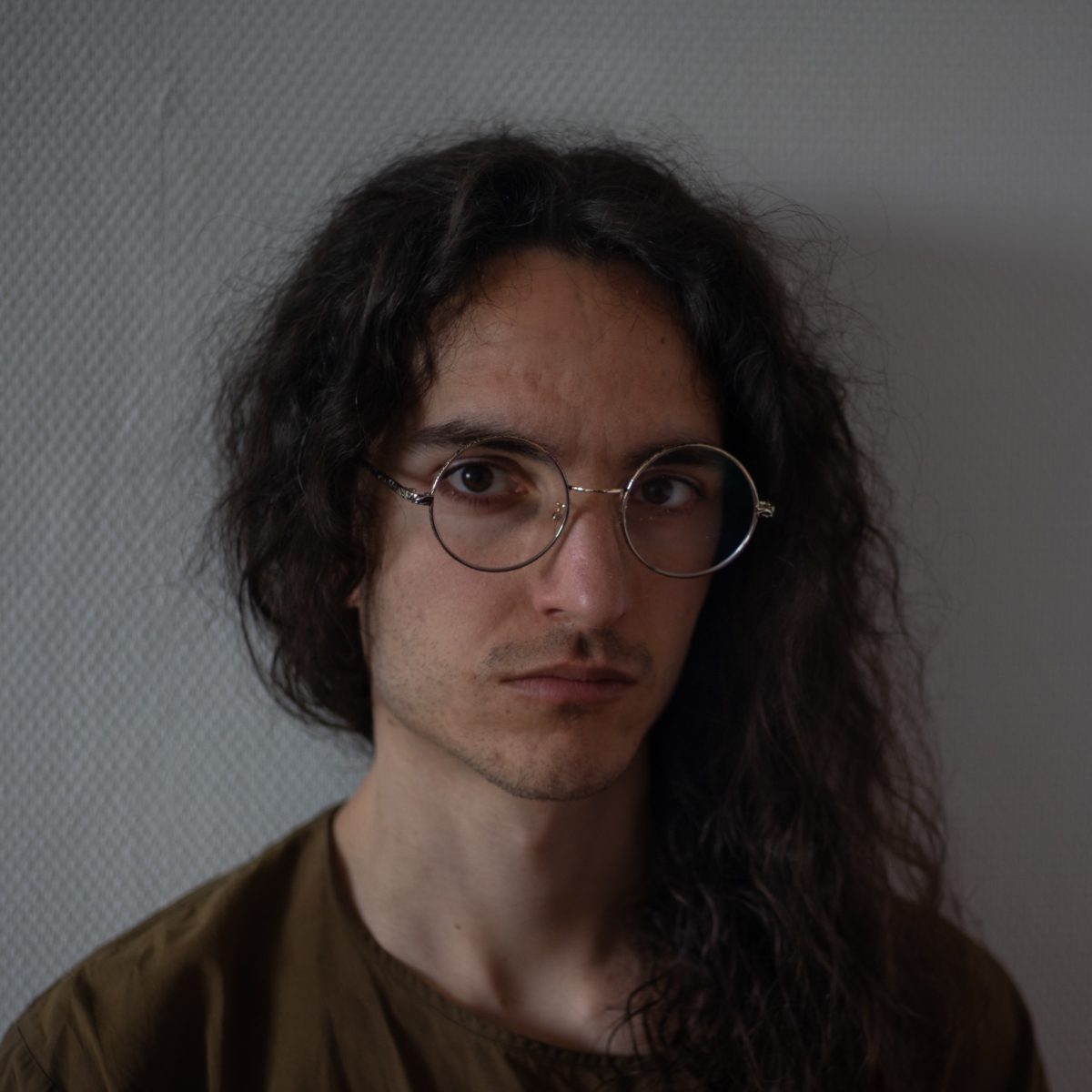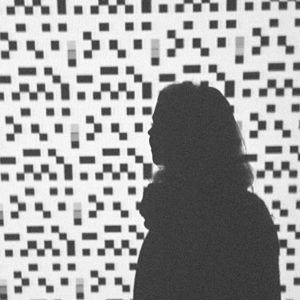
Julie Blanc is a graphic designer and student researcher. She is preparing a PhD in ergonomics and design at the C3U team (Laboratoire Paragraphe, University Paris 8) and EnsadLab under the direction of Anne Bationo Tillon and the co-direction of Samuel Bianchini. This doctorate is part of the ArTeC university research school (Art, Technologies and Creation).
At EnsadLab, Julie works for the Experimental Publicization axis of the Reflective Interaction research program. Her work and research mainly focuses on the design of multi-media editorial objects, both digital and print. Her main study is on the recent shift from desktop publishing software to the use of web development technologies and methods (HTML5, CSS3, javascript, epub) in editorial chains and particularly in design practices. She also works on the implications of automated typesetting on graphic design.
Julie is part of the collective research of the PrePostPrint and works on the development paged.js, a free and open source Javascript library to make book in browsers.
website: julie-blanc.fr
